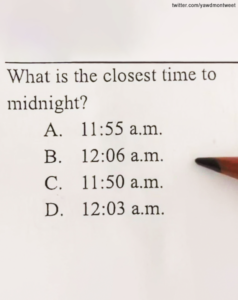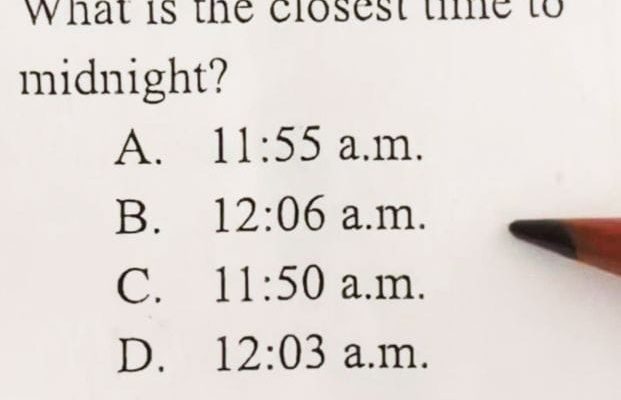What started as a simple math question for children quickly sparked an intense debate among parents, teachers, and online users. The problem, designed for elementary school students, was meant to test basic arithmetic skills, but it has now become the focal point of a larger discussion about how math should be taught and whether certain problems might be confusing children.
The question posed was this:
“If you have 10 apples and you give 3 away, how many apples do you have left?”
At first glance, it seems like a simple subtraction problem, and the answer should be clear—7 apples. However, it wasn’t the math that was causing the debate; it was the wording of the question itself.
Some parents and educators were quick to point out that the problem could be confusing for young learners. “The phrase ‘you give 3 away’ could lead some children to think that the apples are gone entirely, as if the apples no longer belong to the person who gave them away,” one teacher explained. “This could result in them saying zero apples are left, even though mathematically the answer is clearly 7.”
Another point of contention was the context of the question. Some parents argued that it was essential to teach children about real-world situations alongside basic arithmetic. “This is a great example of how children need to understand that math isn’t just about numbers—it’s about life skills,” said a parent on a popular parenting forum. “The idea of giving something away and considering how many you have left is a lesson in generosity and sharing.”
However, others disagreed, arguing that the question was misleading. They believed that the phrasing caused unnecessary confusion and could make kids second-guess simple math concepts. “Children should not be expected to question basic subtraction like this,” said one critic. “It should be straightforward and based purely on numbers, not on how the apples are being given away.”
The debate only grew more heated when online commenters began dissecting other common math problems used in schools. One example that surfaced was a similar problem about “taking away” apples. The issue here was whether asking kids to think about “how many are taken away” versus “how many are left” could cause them to confuse subtraction with addition. Some argued that kids might not fully grasp the concept of “taking away” and get the two operations confused. Others believed it was important for children to practice both aspects of subtraction—what’s being taken away and what’s remaining.
Educational experts weighed in as well. Some suggested that math problems should be tested for clarity, and that overcomplicating simple questions could hinder learning. They advised educators to consider phrasing and context carefully when designing questions, especially for young learners.
Ultimately, the debate highlighted a growing concern in the educational world—how to balance clear, simple problem-solving with engaging and realistic scenarios for children. For now, the question remains open: Should we expect more from our math questions, or should they stay simple and straightforward?



